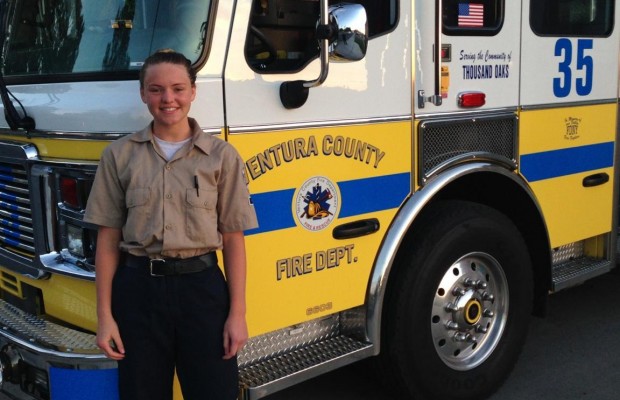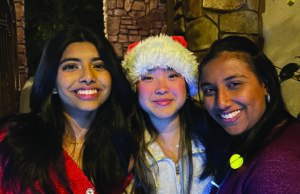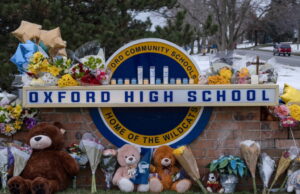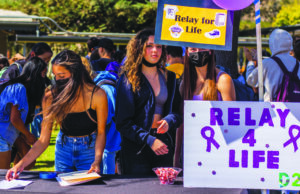Students explore firefighting life in Cadet program

Not every high school student gets to explore the mechanics of fire trucks, go on 911 calls, and experience life in a fire station. However, for students enrolled in the Fire Cadet program, these experiences are just an ordinary part of the job.
The Fire Cadet program allows high school seniors to work in a local fire station for around 10 hours a week. Along with their assigned crew, cadets can ride along on 911 calls in the fire truck, but they can’t touch patients on medical calls or go inside burning buildings. Recruits also clean the station, learn about various equipment, and receive grades through tests on their knowledge. Although students are not paid, they do earn work experience or regional occupation program (ROP) credit.
“I get to see so much and experience so much, and crazy things happen. I’ve only seen (some of the things) in movies, so you get a little piece of what it’s like in the future as a career going into these emergency situations,” said Elizabeth Seacord, senior, about her experience in the program. Seacord had originally planned to join the Fire Explorer program, another less-involved program that gives students access to life in a firefighting station. However, she instead decided to apply to the Cadet program after discovering it through the College and Careers Center (CCC) and began working at Station 35 last September.
The program runs in two semesters each year. After applications and interviews in late spring, accepted recruits go through a small training academy for three days during the summer. Then, in September or January, cadets begin working at their stations.
“Basically, they’re just like having another firefighter with us,” said Martin Gonzalez, firefighter at Station 35 and coordinator of the Cadet program in Newbury Park, Westlake, and Thousand Oaks. “They get grades, they are required to takes tests on equipment, we have them read chapters out of our firefighting books, and we quiz them. There’s a lot of stuff for them to know.”
The program serves as an eye-opener for students interested in possibly becoming a firefighter later in life. However, the program is open to everyone, whether they want to pursue a firefighting career or not.
“If you want to be there, they’ll want to take you, no matter who you are,” said Ben Worley, senior, who started the program in January and is considering a firefighting career. “It’s a really good way to further yourself as a person in the way you talk to people and respect adults, as well as learn about what firefighting is all about.”
“The purpose is to give students an eye on what we do on a day to day operation,” added Gonzalez. “This is a good opportunity to see what we do. Not everybody that comes into the program wants to be a firefighter. A lot of people come in just to see what our job consists of.”
Seacord believes that the experience has reaffirmed her aspirations of becoming a firefighter. “When I started the program, I wasn’t really sure whether I wanted to become a firefighter, but throughout the program I understood that, yes, that’s what I want to do,” she said. “I can see myself doing that, and I’ve gotten so much support from the firefighters.”
Each year, the number of accepted students varies with the eight local stations’ availability. Applications will be available at the CCC for juniors in late spring who want to enter next years’ cadet program.
“I expect to see a lot things I haven’t before,” said Worley of his time in the Cadet program over the next few months. “I want to experience what (the firefighters are) experiencing because I really admire what they do.”



